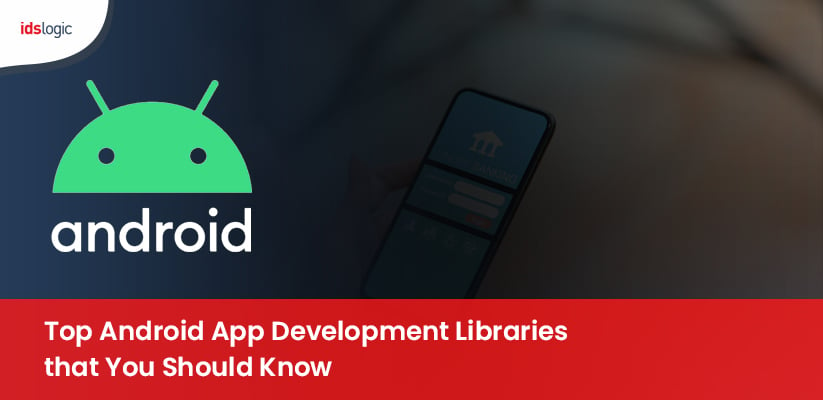
Top Android App Development Libraries that You Should Know
The mobile OS market is highly competitive and both Android and iOS play a great role in it. In the past few years Android OS has taken the world by storm. Statistics have stated that Android OS has a market share of 76.03% market share in June 2019 and this is why it is essential for mobile app developers to have complete knowledge about it. So one thing that they need to be aware of while creating Android app development is the libraries. It plays a great role in the development process.
Considering this scenario, I have decided to discuss with you about some of the most important Android libraries that you should know as an app developer so that it helps you in smooth development process. So continue reading to know more!
Dagger 2: Dependency Injector
This is one of the most important Android libraries, which majorly relies on using Java annotation processor together with compile time to analyze and estimate the dependencies. Other Java dependency injection libraries suffer from certain limitations like relying on XML, facing any validating dependency issues during run time or incurring penalties during startup. Another advantage of this Android Dagger 2 is that it simplifies the access to shared instances.
Retrofit: Networking
This is an important library for the Android developers that ensures successful mapping and implementation of the API into the interface of the client by using annotations. It helps the Android users in easy integration and adoption of the application into the app. Earlier, if anyone wanted to make a network request they had to execute an Async task class and then use the HttpsUrlConnection to fetch the data, something which was not ideal while dealing with the APIs that returned large data. This is resolved by Retrofit and with it one can effortlessly use the endpoints, headers and add a request bid and query parameters with just annotations in Retrofit.
Also Read: Reasons Why Many iOS and Android Mobile Apps Crash
CAMView: Scanning
This is an effective barcode scanner and it is a camera easy access library with an embedded QR scanner that is based on ZXing. The library possesses a set of components that are set for your layout files, thereby, allowing the developers and giving them immediate access to live preview video feed from the camera of the device, scanning barcodes with the help of ZXing’s built-in decoding engine and to perform own camera live data processing.
Picasso: Image Loading
Picasso is a trusted and most widely used Android image library, which is maintained by Square. Picasso allows for hassle free image loading in the Android app development, often with one line of code. Some other pitfalls that Picasso takes care of include handling the ImageView recycling and downloading the cancelation in an adapter, facilitating automatic memory, complex image transformations using minimal memory and caching. Some other additional features that make Picasso the preferred choice of Android app developers are effective transformation of images to fit better layouts, automatically detect the adapter re use and advanced effects.
Android Databinding: View Binding
This is in built to the Android Support Library and the Android Databinding library needs the least of Android Studio Version 1.3. This view binding library does not use annotations and allows the users to bind the UI components in the layout to data sources in the app with the help of the declarative format instead of programmatically. The layouts are also defined in activities with codes, which needs the UI framework methods.
Also Read: 4 Types of Mobile Apps Where React Native is the Best Fit